Professionals of ‘parkour’, BMX or ‘skate’ warn of the danger of copying certain practices that succeed on the Internet, especially for teenagers, their main fans.
Jumping from roof to roof, sliding on rails on a railing, climbing a rock by the sea and then dropping into the water or, the most extreme, climbing a skyscraper, are practices that we are more and more accustomed to seeing on the net. Many end up in viral videos. However, behind it all, it hides much more: it involves activities and risky sports to which it is necessary to dedicate hours and hours of training to get the tricks, perfect the technique and, above all, practice minimizing the danger.
[show_more more=”Read more, till the end” less=”Read Less”]
Álex Segura, online reference of parkour with more than 58 million views on his YouTube videos, has been practicing it for more than ten years and ensures that you have to start little by little, “jumping very small distances” and “without having that desire to want to improve at an incredible level “. “Actually the injuries in ‘parkour’ come for children who seek to upload to social networks the best jump to take the applause of the people,” he says. “And so they put their limits at risk as long as they are recognized and not by themselves, as they should be.”
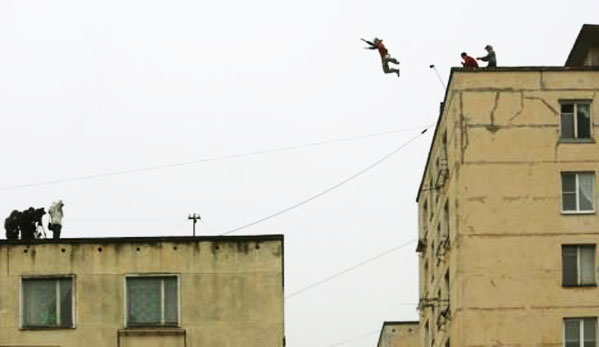 You only need to take a look at his more than 113,000 followers on Instagram to verify that most are teenagers. Segura places them between 10 and 21 years old. Although he also says that there are many parents who have joined because their children see him, the comments are left by the minors: “Spectacular, ‘crack’,” Someday I would like to be like you “,” I love your videos “,” It’s ‘handsome the jump’ … The same ones that also go to their meetups.
You only need to take a look at his more than 113,000 followers on Instagram to verify that most are teenagers. Segura places them between 10 and 21 years old. Although he also says that there are many parents who have joined because their children see him, the comments are left by the minors: “Spectacular, ‘crack’,” Someday I would like to be like you “,” I love your videos “,” It’s ‘handsome the jump’ … The same ones that also go to their meetups.
The ‘parkour’ is not the only risky sport that triumphs in the networks among the youngest. Also between 12 and 16 years old are teenagers who start in BMX (abbreviation of Bicycle Motocross), as the star of the ‘flatland’ style tells us Viki Gómez. And the worst of all is that many times they do it without much control: “It’s true that kids go without a head,” he says. “Also because many times the ‘pro’ do not send a good message through social networks,” he explains.
Parkour has also had bad news recently. In May, a 14-year-old boy died after suffering an accident while doing a jump. Although, without a doubt, these are specific cases, it is also worth considering how far this imitation effect among the younger ones can go.
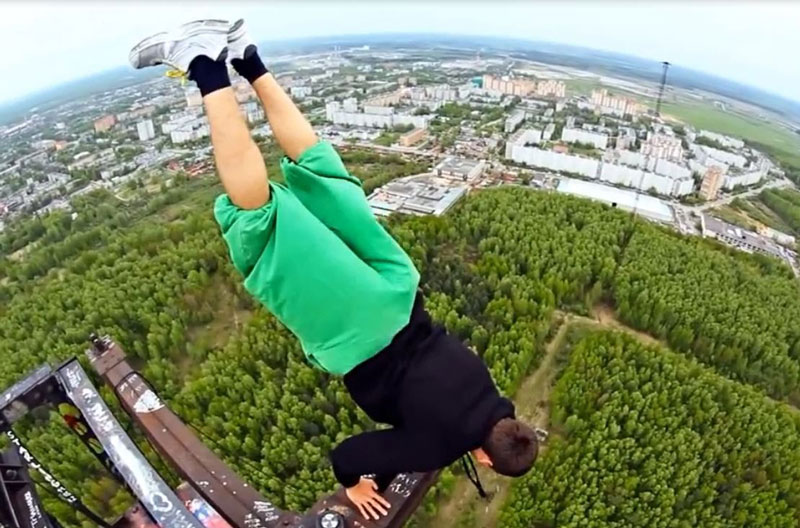 What is clear is that taking a bike and start doing tricks on a railing after having seen a friend on Instagram, or jump from a considerable height because they have ‘stung’ with a colleague follower of ‘parkour’ is not far from the type of behaviour that a teenager has in these times when popularity is measured in ‘I like you’. Meanwhile, the professionals of these risk sports ask that everything be done with a head.
What is clear is that taking a bike and start doing tricks on a railing after having seen a friend on Instagram, or jump from a considerable height because they have ‘stung’ with a colleague follower of ‘parkour’ is not far from the type of behaviour that a teenager has in these times when popularity is measured in ‘I like you’. Meanwhile, the professionals of these risk sports ask that everything be done with a head.
Little by little and safely
The main thing in ‘parkour’ training is to overcome oneself, but that everyone know their limits. “I say that there are two types of fear: the one that can break and the one that does not,” he explains. “The first one is the one where you are going to make a jump and, even if it scares you, you know perfectly well that you can do it; and the other, that you should never pass, is where you jump and do not know what is really going to happen, that you do it as a kind of lottery.”
If you are starting, it is recommended to practice it with people who already know this discipline so that they can help you, “because maybe you are jumping badly and you are not even aware of it”. Also something essential for this ‘youtuber’ is to attend all courses, workshops and events you can to learn. Also, reveal that you want to start doing tutorials to explain how to start small.
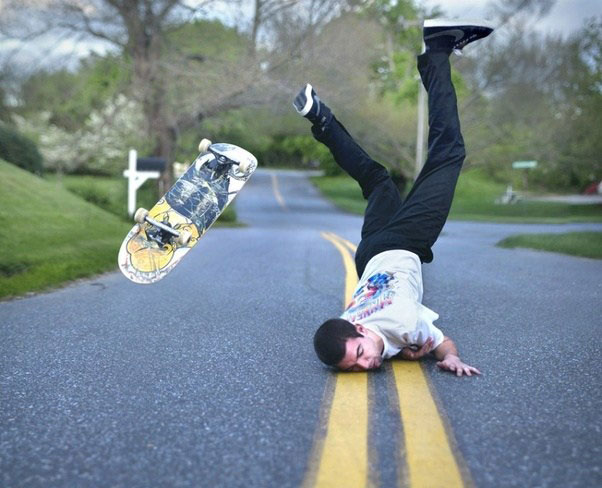 A skater also teaches children from 6 to 12 years, he sees it essential to always be well protected with a helmet, knee pads and wristbands. In addition, as taught in their courses, you have to remove the fear of falling (“there is a lot of trial and error”) and learn to do it correctly: always forward and supporting wrist and knee. “Like a cat”, exemplifies.
A skater also teaches children from 6 to 12 years, he sees it essential to always be well protected with a helmet, knee pads and wristbands. In addition, as taught in their courses, you have to remove the fear of falling (“there is a lot of trial and error”) and learn to do it correctly: always forward and supporting wrist and knee. “Like a cat”, exemplifies.
New fashions with danger
Another practice that gains followers with the arrival of summer is the type of climbing known as ‘psychobloc’. It consists of climbing without ropes on a rock by the sea and with water under your feet as a protective mattress. Although it seems simple, it has its dangers: they go from the access to the climbing area, which is normally rocky terrain, to the way of falling into the water when you are at a certain height.
On the climb, in general, Eva López, ‘coach’ and climber with more than 25 years of experience, believes that it is one of the “few things that can not be learned by watching videos on the internet”. The reason? “Because it consists of accumulating different experiences and on the ground,” he says.
In addition, Lopez ensures that you are only going to avoid accidents starting with people who lead you, either on the ground or in a climbing wall. It is also important to have a minimum of physical preparation and, once again, with the appropriate safety measures such as the helmet, as well as knowing the manoeuvres of ropes, handling techniques and the use of the material.
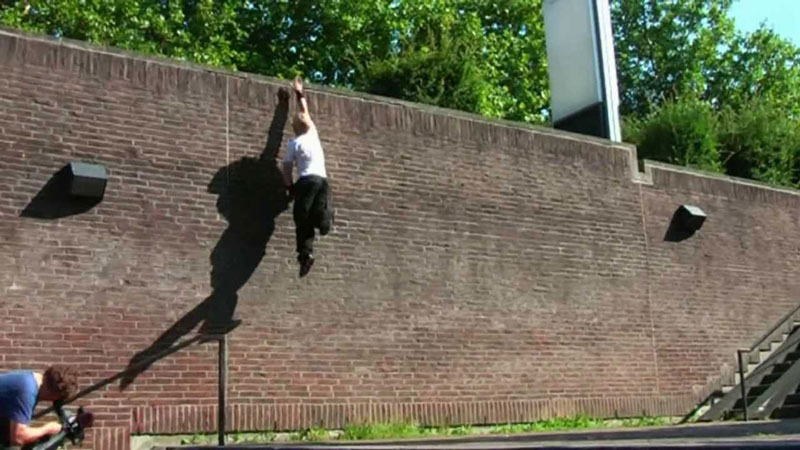 Overconfidence is a very big enemy and usually appears more the less experience you have and the less level you have, “says López. And unconsciousness in this sport can also pay dearly. “Now it is becoming fashionable to place volumes and jump from one side to another in climbing walls, a little ‘parkour’ style, and is causing very serious accidents in beginners,” he explains.
Overconfidence is a very big enemy and usually appears more the less experience you have and the less level you have, “says López. And unconsciousness in this sport can also pay dearly. “Now it is becoming fashionable to place volumes and jump from one side to another in climbing walls, a little ‘parkour’ style, and is causing very serious accidents in beginners,” he explains.
Recovering the essence
When Gomez started practicing BMX he was 14 years old. “I went through the park and I saw lots of kids making ground (one of the modalities) and I made friends with them,” he explains. So, this world champion was little by little learning to do tricks at ground level, something that, he explains, everyone should do to take control with the bike. “Now people put a ramp in their garden and throw a ‘backflip’ (a backward somersault), and that’s where the problems come,” he says.
In addition to putting protection (especially in the styles ‘street’ and ‘park’), for Gomez the most important thing if you are starting is “to have the mind to understand that everything has its time and that every trick needs its learning”.
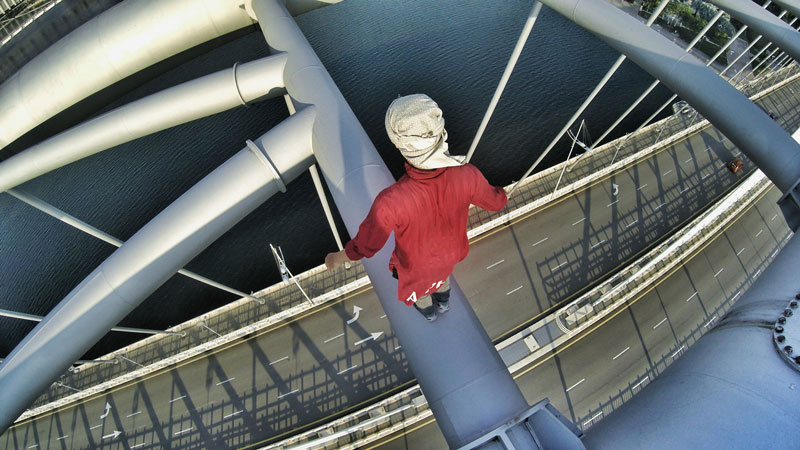 Gómez also criticizes that the originality in this sport is being lost and only the most spectacular is going to be done. “Now what the kids do is learn everything they see on the screen, but then they have no basis,” he explains. By this he means that, as he himself tells us, social networks have meant that new generations do not understand that a trick is a combination of several tricks and you have to learn each one separately before joining them.
Gómez also criticizes that the originality in this sport is being lost and only the most spectacular is going to be done. “Now what the kids do is learn everything they see on the screen, but then they have no basis,” he explains. By this he means that, as he himself tells us, social networks have meant that new generations do not understand that a trick is a combination of several tricks and you have to learn each one separately before joining them.
The imitation effect leads to losing the essence of this sport and, what is worse, both in this discipline and in others, to take risks that, in many cases, can end in serious accidents or even pay with the death.
[/show_more]
